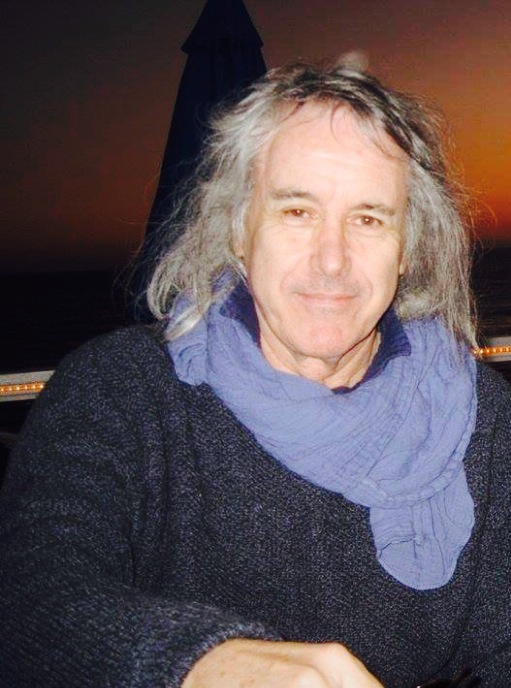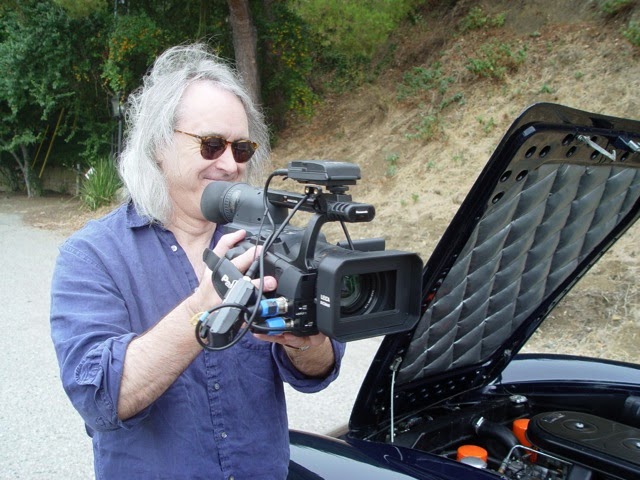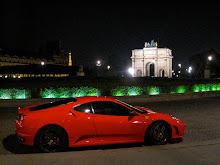Sunday, July 13, 2014
Pearblossom Highway: Hockney's and my own
I came across David Hockney's iconic photo-collage Pearblossom Highway the other day and realized that this particular work and the intersection it interprets is as iconic for a period of my film career and personal quest as it is for the artist's idiosyncratic creativity which he refers to as "drawing with a camera".
Back from Paris where I had established myself as a writer, producer and director, I found myself making one movie after another being lucky enough to have investors who wanted to return for second or third projects in which I employed my unusual style of guerrilla filmmaking with my troupe of actors writing the scripts as I went along. There were a few 'signature elements' to all of my productions at the time--shooting in out-of-town locations and including places like Las Vegas and Mexico for their poster value--but none more significant than Pearblossom Highway in making these films what they were.
The intersection that Hockney depicts is the final, definitive turn into the desert leaving any semblance of civilization behind and taking one through a series of small crossroads towns like Little Rock, Llano, Pearblossom and, finally, onto El Mirage, the dry lake bed I first visited when I worked on the CBS movie for television Sole Survivor in my teens. Making the right-hand turn at the stop sign that is the focal point of Hockney's piece transports one into a Twilight Zone of a sort and it is quickly understood that the conventions and realities of life as it is lived in Los Angeles--or any other place, for that matter--have been left behind. What better place to make a movie?
The desert people aren't like you and me. They live something of a remote, sun-baked, frontier life and are content to let you have your freedom as long as it doesn't impose on their own. Whether or not they realize it, they live per the common law where there is no such thing as a victimless crime but Heaven help you if you cause them an injury. We injured no one and they left us to make our films even pitching in to help out on occasion.
When we weren't filming on the dry lake bed, we would find local establishments along Pearblosom Highway and, without fail, we were allowed to shoot in those establishments by simply ordering lunch or dinner if it was a restaurant or drinks in the local pool hall. Desert Center, Success, Terminal Velocity, Double Cross, Dead Right and Two the Hard Way were films that benefited from the accommodations offered by the desert and the particular mood it imparts to visual story telling.
Below, I have included an interview wherein David Hockney talks about his work, Pearblossom Highway.
Subscribe to:
Post Comments (Atom)

























































No comments:
Post a Comment